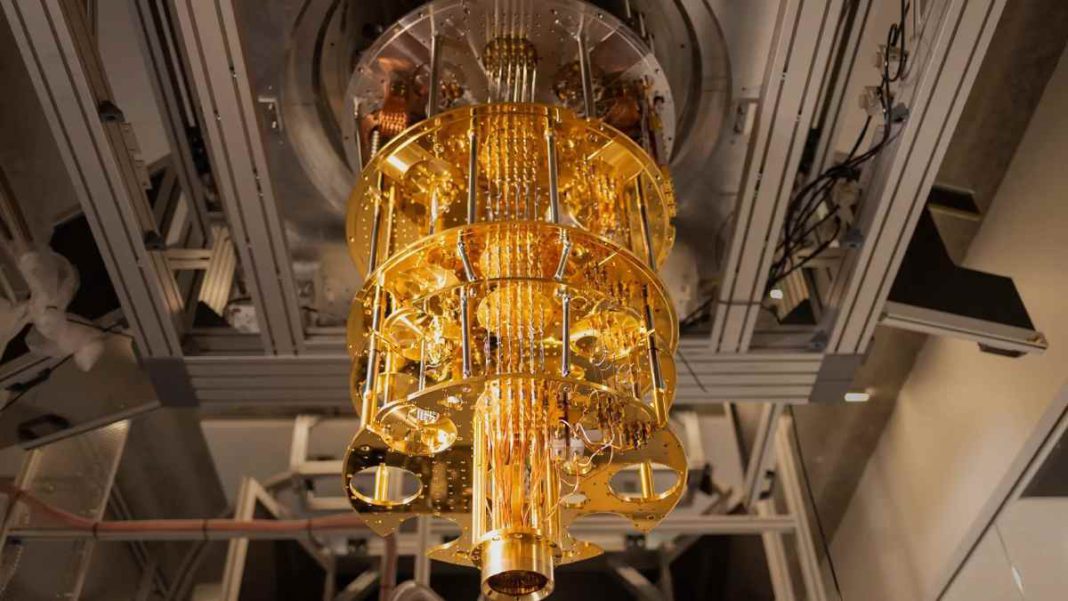UNITED STATES: In a bold move aimed at revolutionizing the world of computing and addressing pressing global challenges, Microsoft has announced its roadmap for building a quantum supercomputer. With the potential to solve complex problems that elude classical computers, this quantum machine holds the key to transforming chemistry and tackling issues such as food insecurity and climate change.
Drawing parallels between the development of classical supercomputers and quantum computing, Microsoft has outlined three pivotal milestones that must be achieved to unleash the full power of programmable quantum supercomputers.
At present, the development of quantum computing is in its foundational stage. Test machines, constructed using “noisy” physical qubits, are not yet capable of effectively solving real-world problems. Qubits, the quantum counterparts of classical bits, are the building blocks of quantum computing.
To accelerate scientific discovery and foster collaboration, Microsoft has brought together a consortium of leading organizations, including IonQ, Pasqal, Quantinuum, QCI, and Rigetti, integrating their machines into Azure Quantum Elements. This novel service harnesses breakthroughs in high-performance computing (HPC), propelling the quantum computing landscape forward.
The roadmap envisions the transition to the resilient level as the next crucial step. This phase will be attained when individual qubits become more reliable, enabling the bundling of thousands of physical qubits into a logical qubit. However, this requires lowering the error rates of physical qubits below a specific threshold to ensure effective error correction.
The ultimate goal lies at level three, where a scaled, programmable quantum supercomputer can outperform classical supercomputers in tackling intricate problems. While there is still much work to be done, Microsoft remains optimistic. The initial quantum supercomputer must achieve an astonishing error rate of only one error per trillion operations. Similar challenges were encountered during the evolution of computing, such as the transition from vacuum tubes to transistors and later to integrated circuits.
While Microsoft faces fierce competition from other industry players, such as IBM and IonQ, who share similar ambitions, the company may hold a slight advantage. In a major breakthrough last year, Microsoft’s team demonstrated the creation of more stable qubits based on Majorana particles. These qubits utilize topological insulators to shield themselves from environmental noise, positioning Microsoft at the forefront of quantum computing advancements.
The realization of a quantum supercomputer capable of solving society’s most intricate problems is undoubtedly a formidable task. However, Microsoft’s roadmap offers a strategic plan to navigate the challenges and harness the vast potential of quantum computing.
As the world awaits the dawn of a new era in computing, the possibilities of quantum supercomputing hold tremendous promise. With Microsoft at the forefront, pushing the boundaries of what is achievable, scientific breakthroughs that seemed inconceivable before may soon become a reality.
Also Read: Google Resolves Bug Allowing WhatsApp Microphone Access on Android, Issues Apology to Users



